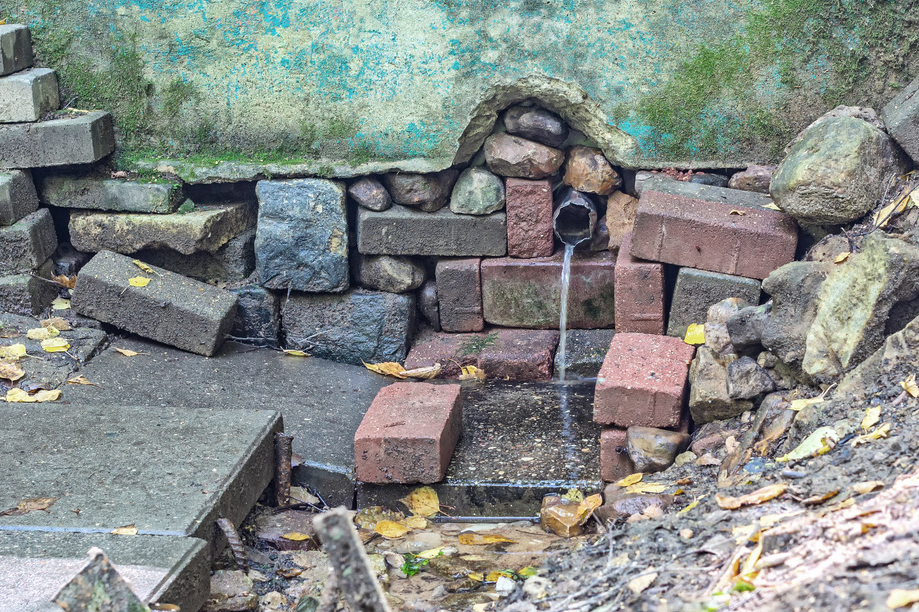Evaporation Models#
Review of evaporation processes and common models in
HEC-HMS ET Models#
A fully provisioned Windows Implementation of HEC-HMS is located at:
server_name: kittyinthewindow.ddns.net
user_name: texas-skew
passwd: peakfq73$hare
Users must access using Remote Desktop Protocol (Built into Windows, Apple Store has a free Mac application).
Use the Hardin Creek Project to explore evaporation models.
Evapotranspiration is the second of the three components of a meteorologic model. It is the combination of evaporation from the ground surface and transpiration by vegetation.
If a continuous simulation loss rate method is used and no evapotranspiration is specified in the meteorologic model, then zero evapotranspiration is used in the subbasins. However, evapotranspiration is often responsible for returning 50 or even 60% of precipitation back to the atmosphere. In general there should be a selected evapotranspiration method for continuous simulation. In all cases, the meteorologic model is computing the potential evapotranspiration and subbasins will calculate actual evapotranspiration based on soil water limitations.
Changes to Hardin Creek for ET exploration.
Change loss method to deficit-constant
Choose ET method in Meterological Model Manager
Demonstrate effect
References#
Gupta pp 65-92.
Blaney-Criddle Spreadsheet (Excel) Right-Click “Save As…”
Thornwaithe Spreadsheet (Excel) Right-Click “Save As…”
